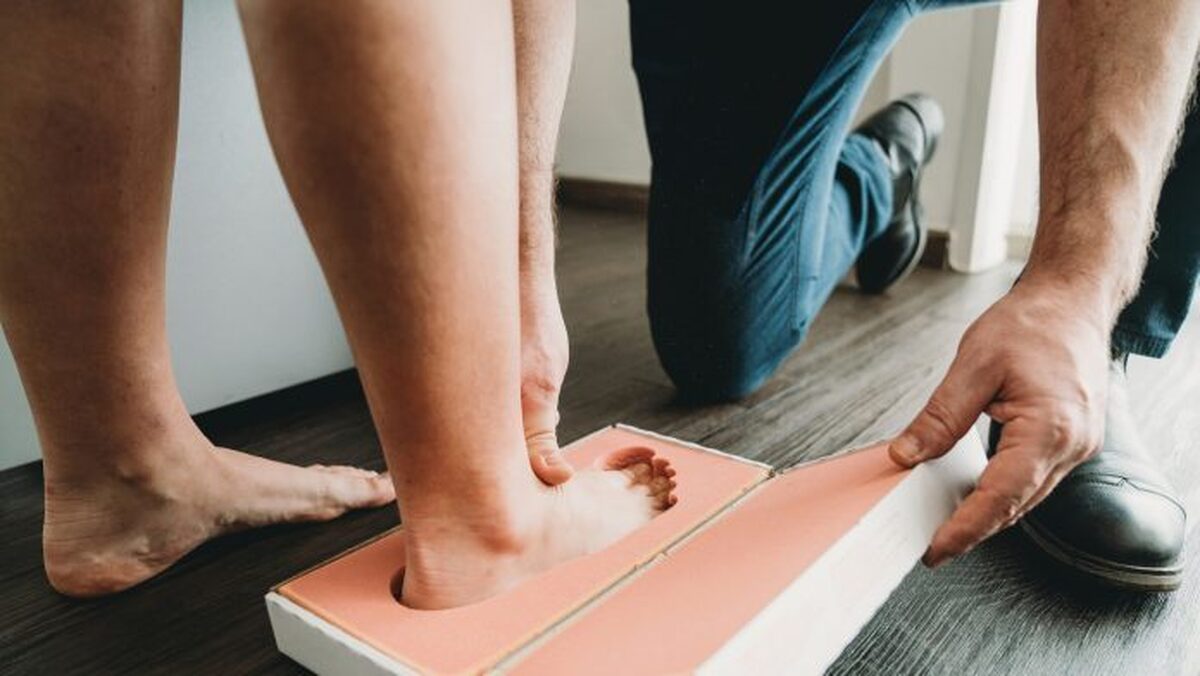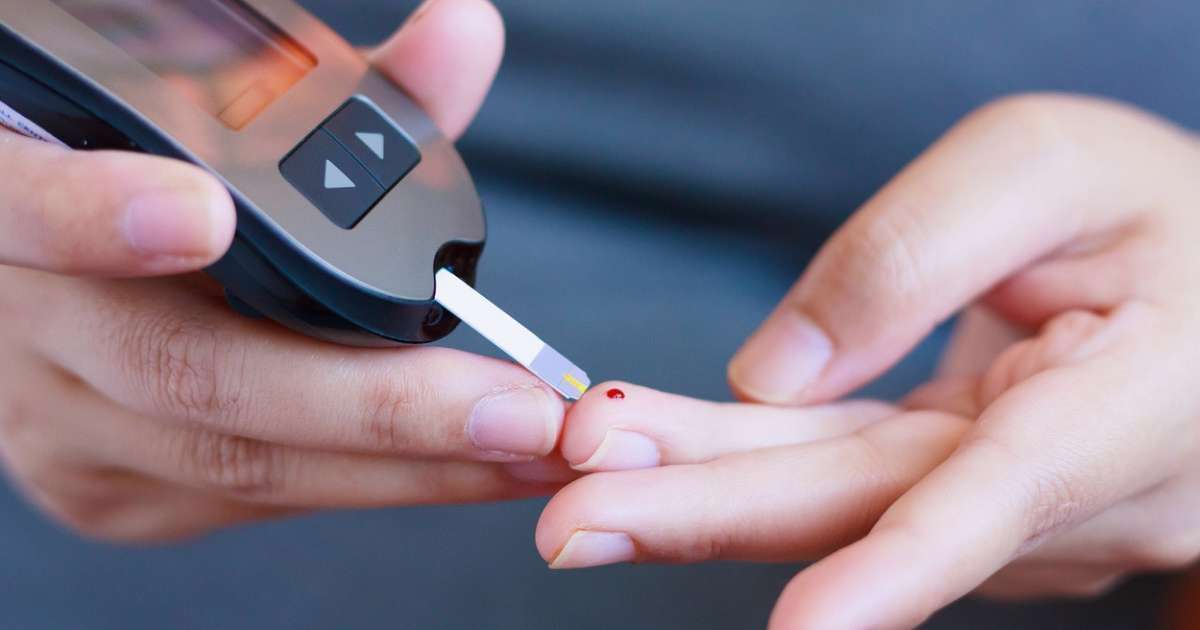Revolutionary Footwear Technology to Prevent Diabetic Foot Ulcers

Diabetic foot ulcers occur because of fluctuating high blood sugar levels, which leads to skin healing incorrectly as a result of nerve damage. Additionally, reduced nerve function means that the nerves responsible for carrying pain signals to the brain do not function properly, which subsequently leads to unexpected damage to the feet. Common causes of damage to the feet include tight shoes, cuts and blisters, the Innovation News Network reported.
Thus, to prevent this, the research team from UTA have developed footwear technology that relieves pressure on the problem areas of the feet that typically experience high stress during walking and other activities.
This technology was developed in partnership with the University of North Texas Health Science Centre.
Diabetic foot ulcers can lead to severe tissue loss or the contraction of a life-threatening infection, which can subsequently lead to the amputation of a toe, foot, or leg. Risk factors for diabetic foot ulcers include poor blood circulation, wearing poor-fitting footwear or walking barefoot. Additionally, poor management of the condition can lead to the development of foot ulcers, such as not exercising, being overweight, and having high cholesterol.
“Diabetes is a leading cause of amputation worldwide, and there is a major role that technology can play to prevent its devastating effects,” Wijesundara explained. “We are now one step closer to finding a solution to reduce the risk of complications related to diabetic foot ulcers.”
The removable shoe insole designed by Wijesundara’s team works uniquely – it relieves stress by regulating and redistributing pressure across all areas of the foot. Utilising fluid-filled cells, the dual-layer apparatus provides variability in a person’s foot-loading patterns to reduce prolonged pressure to any given area. The insole can automatically adjust and is designed to accommodate people of various weights.
Additionally, the insole can be substituted for a total contact cast during the healing process of a diabetic foot ulcer and can provide both gait and ground force analysis.
Wijesundara’s team is working with the University of Texas Southwestern Medical Centre on a pilot study funded by the National Institutes of Health to test initial prototypes.
“UTARI researchers develop advanced technologies to meet real-world challenges,” said Eileen Clements, UTARI interim Executive Director. “We are excited to witness the evolution of Dr Wijesundara’s preventive care device, and eager to see its continued development, and the potential it may have to improve the quality of life for many people with diabetes.”
4155/v
























